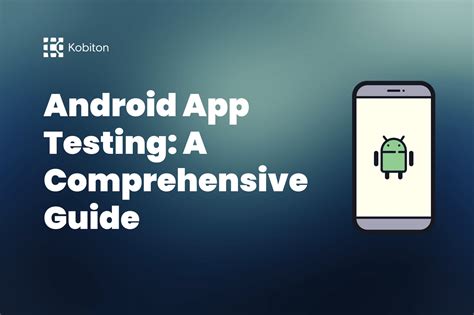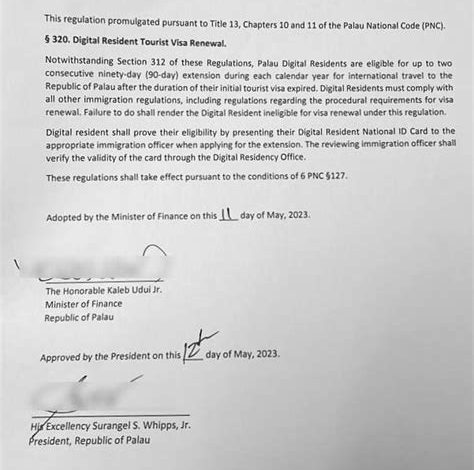Introduction
Android testing on Mac has become increasingly popular due to the growing availability of powerful Mac hardware and the ease of setting up a development environment. This guide will provide a detailed overview of the various aspects of Android testing on Mac, including setting up the environment, choosing the right tools, and writing and running tests.

Setting Up the Development Environment
The first step in testing Android apps on Mac is to set up a development environment that includes the necessary tools and software. This includes:
- macOS: A Mac computer running macOS 10.15 or later.
- Android Studio: The official integrated development environment (IDE) for Android development.
- Android SDK: The Android Software Development Kit, which includes the tools and libraries needed to build and test Android apps.
- Java Development Kit (JDK): The Java development kit, which provides the Java runtime environment and tools for compiling and running Java code.
- Android Virtual Device (AVD): A virtual device that simulates a real Android device and can be used for testing apps.
Choosing the Right Tools
Various tools are available for testing Android apps on Mac, each with its strengths and weaknesses. The most popular tools include:
| Tool | Description |
|---|---|
| Espresso: A testing framework for UI testing, providing a rich set of APIs for interacting with UI elements. | |
| JUnit: A popular testing framework for unit testing, providing a concise and readable syntax for writing test cases. | |
| Robolectric: A unit testing framework that runs tests in a simulated Android environment, making it faster and more reliable than running tests on a real device. | |
| Appium: A cross-platform mobile testing framework that supports both iOS and Android, providing a wide range of features for UI and functional testing. |
Writing and Running Tests
Writing and running tests on Mac is similar to the process on other platforms. Tests are typically written in Java and can be organized into different test categories, such as unit tests, UI tests, and functional tests.
To run tests, you can use Android Studio’s built-in test runner or use a command-line tool such as adb shell am instrument.
Troubleshooting
Running Android tests on Mac can sometimes result in errors or issues. Some common troubleshooting steps include:
- Verify your environment setup: Ensure that you have installed all the necessary tools and configured your development environment correctly.
- Check your test code: Ensure that your test code is syntactically correct and contains valid assertions.
- Use debug tools: Android Studio provides various debug tools that can help you identify and fix issues in your test code.
- Consult documentation: The Android documentation provides extensive information on writing and running tests, as well as troubleshooting common issues.
Tips and Tricks
Here are some tips and tricks to help you test your Android apps on Mac more effectively:
- Use a test coverage tool to ensure that you are testing all aspects of your app.
- Write modular and reusable test code to save time and effort in the long run.
- Use a continuous integration (CI) system to automate the testing process and ensure timely feedback.
- Consider using cloud-based testing services to scale your testing efforts and improve reliability.
Common Mistakes to Avoid
- Not testing on multiple devices: It is essential to test your app on various devices and device configurations to ensure that it works across a wide range of hardware and software versions.
- Overlooking performance: Performance testing is crucial to ensure that your app runs smoothly and efficiently on all devices.
- Ignoring security: Security testing should be an integral part of your testing process to identify and fix potential vulnerabilities.
- Neglecting accessibility: Ensure that your app is accessible to users with disabilities by following accessibility guidelines and testing your app for accessibility.
Conclusion
Android testing on Mac is a valuable skill that allows developers to ensure the quality and reliability of their apps. By following best practices, using the right tools, and troubleshooting effectively, you can write and run effective tests that help you deliver high-quality Android apps.











